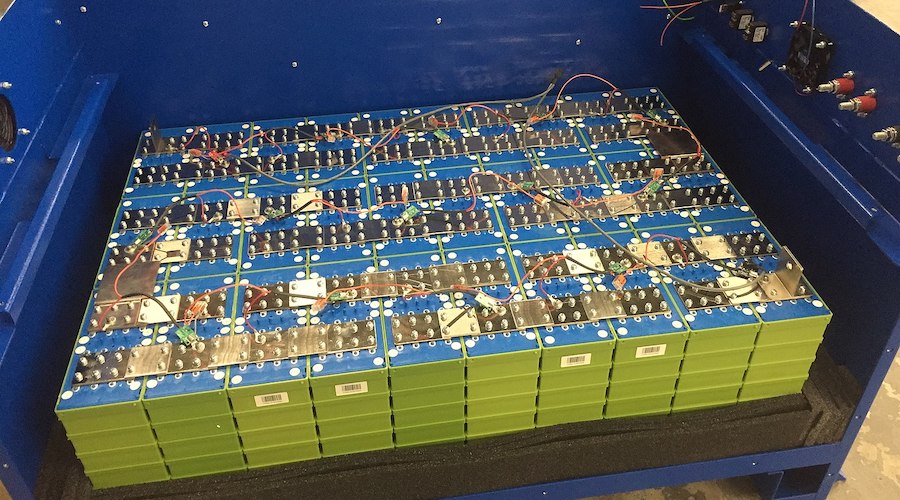
New analyses reported in the journal Nature Materials are leading scientists to explore the development of indestructible batteries.
In the paper, researchers from Stanford University, the Lawrence Berkeley National Laboratory, MIT and the University of Lyon explain how they used artificial intelligence to analyze new kinds of atomic-scale microscopic images to understand exactly why batteries wear out. Eventually, they say, the revelations could lead to batteries that last much longer than today’s.
Specifically, the group looked at lithium-iron-phosphate (LFP) batteries.
“Think of a battery as a ceramic coffee cup that expands and contracts when it heats up and cools off. Those changes eventually lead to flaws in the ceramic,” William Chueh, senior author of the study, said in a media statement. “The materials in a rechargeable battery do the same each time you recharge it and then use up that electricity, leading to failure.”
Chueh noted that in the battery, it is not temperature that causes the fissures, but the mechanical strain the materials have on one another with each charge cycle.
“Unfortunately, we don’t know much about what’s happening at the nanoscale where atoms bond,” the scientist said. “These new high-resolution microscopy techniques allow us to see it and AI helps us understand what is happening. For the first time, we can visualize and measure these forces at the single nanometer scale.”
Chueh explained that the performance of any given material is a function of both its chemistry and the physical interaction in the material at the atomistic scale, what he refers to as “chemo-mechanics.”
The smaller things get and the more diverse the atoms making up the material are, the harder it is to predict how the material will behave.
However, using AI to study atomic interactions at the smallest of scales is the innovation that allowed the researchers to explore what happens with lithium iron phosphate electrodes.
Though LFP has been studied for two decades, two key outstanding technical questions could only be guessed at until now. The first involves understanding the elasticity and deformation of the material as it charges and discharges. The second pertains to how it expands and contracts in a specific regime where the LFP is partially stable, or “metastable.”
The study’s lead author, Haitao “Dean” Deng helped explain both for the first time using his image-learning techniques, which he applied to a series of two-dimensional images produced by a scanning transmission electron microscope, and to advanced (spectro-ptychography) X-ray images. The findings, he said, are important to a battery’s capacity, energy retention and rate.
Better yet, he thinks it is generalizable to most crystalline materials that might also make good electrodes.
“AI can help us understand these physical relationships that are key to predicting how a new battery will perform, how dependable it will be in real-world use and how the material degrades over time,” Deng said.
For the chemist, this approach is a form of “inverse learning” in which the result is known – high-resolution still images of degraded LFP – and AI helps reconstruct the physics to explain how it got that way. That new knowledge, in turn, becomes the basis for improving the materials.
Deng mentioned that previous non-AI studies have illuminated correlations in how mechanical stresses affect electrode durability, but this new approach provides both an exciting way and the motivation to develop a more fundamental understanding of the mechanics at play.
Next up, Deng and his colleagues will work on using their techniques to elucidate promising new battery designs at the atomic level. One outcome might be new battery control software that manages charging and discharging in ways that can improve battery life.